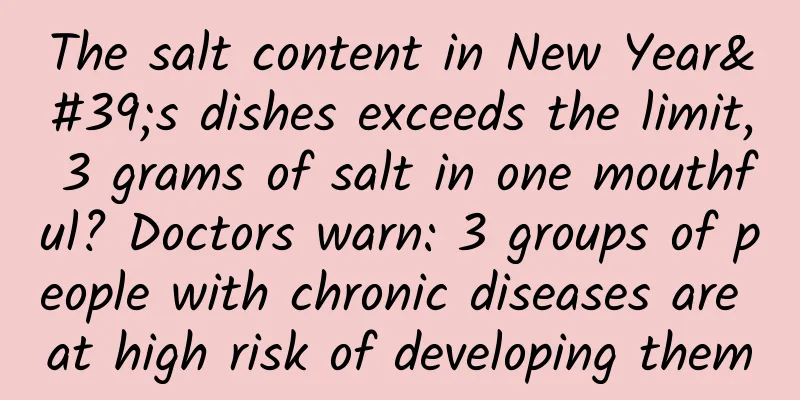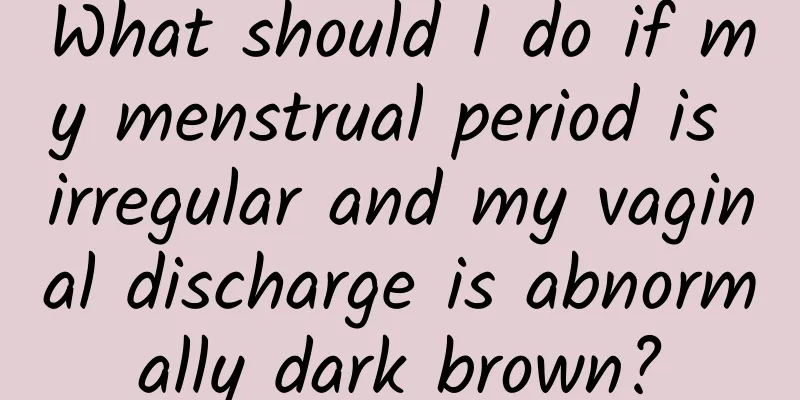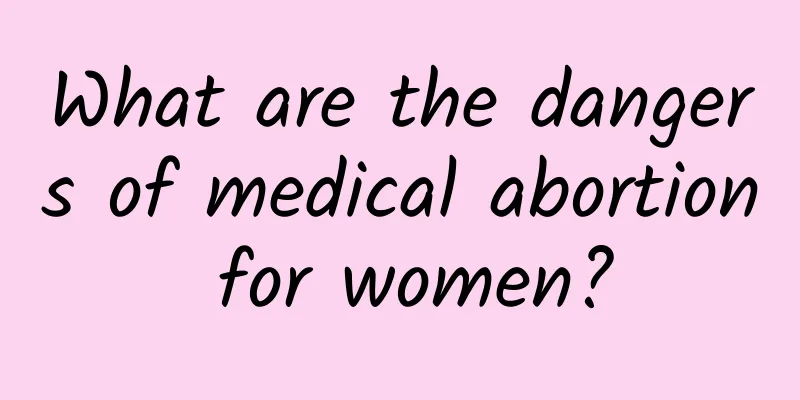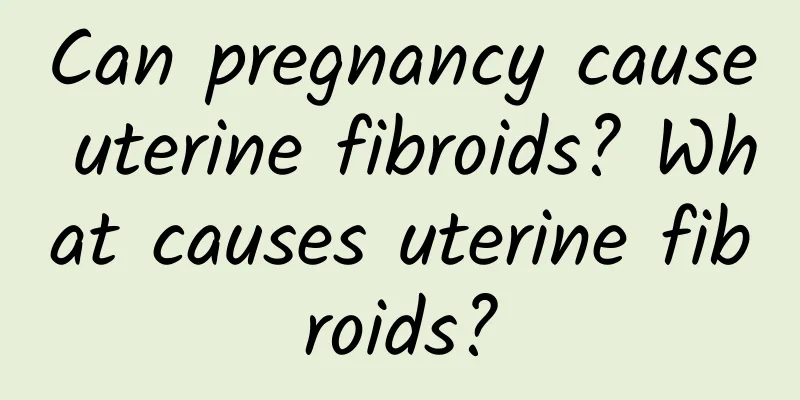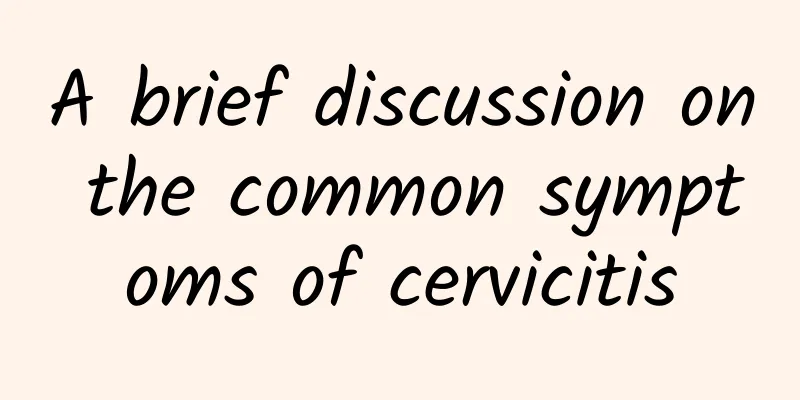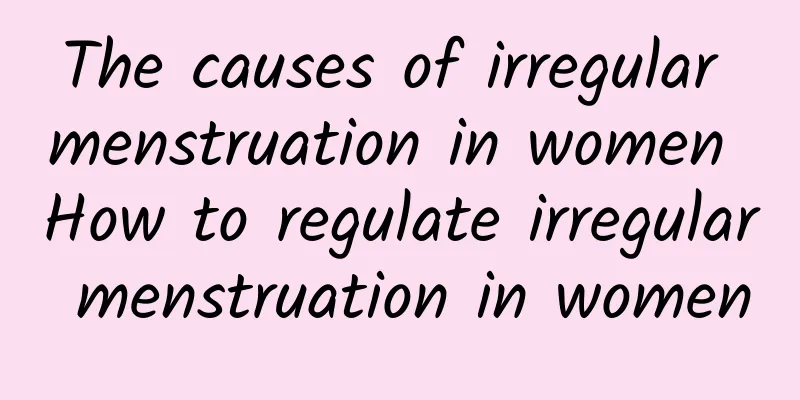Why can't menopause be cured?

|
There are three main methods for treating female menopause. If it is caused by lifestyle problems and non-infection, it can be treated through diet therapy. If it is caused by disease, it must be treated with medication to curb the disease. In the most serious cases, surgery must be taken. In the later stages, you must pay more attention to yourself and improve your ability to protect yourself. Here are some current methods for treating menopause. 1. Treat the organic lesions that cause menopause For patients with intrauterine adhesions, the uterine cavity can be dilated, adhesions can be separated, an intrauterine contraceptive device can be placed to prevent re-adhesion, and estrogen and progesterone can be used to promote endometrial hyperplasia and exfoliation. For ovarian or pituitary tumors, surgical treatment can be performed after diagnosis. For patients with genital tuberculosis, anti-tuberculosis treatment is given. 2. Estrogen and progesterone replacement therapy For patients with congenital ovarian hypoplasia, or ovarian failure caused by ovarian function suppression or destruction, exogenous ovarian hormone replacement therapy can be used. These patients lack normal follicles and oocytes and do not secrete sex hormones. If estrogen or estrogen and progesterone are given for artificial cycle therapy, the physiological and psychological state of estrogen deficiency can be corrected, the development of reproductive organs and secondary sexual characteristics can be promoted to a certain extent, sexual life can be improved, and periodic withdrawal bleeding similar to menstruation can be caused. 3. Induce ovulation For patients who desire fertility and have not lost ovarian function, hormones or analogs can be used to induce ovulation: ① For those with pituitary insufficiency, follicle-stimulating hormone (hMG) extracted from the urine of postmenopausal women can be used to promote follicle development and estrogen secretion, and combined with human chorionic gonadotropin (hCG) for treatment, the ovulation success rate is high. ② For those with normal pituitary and ovarian function but insufficient or uncoordinated hypothalamic function, clopidogrel can be used to correct the function of the hypothalamic pituitary-ovarian axis and induce ovulation. ③ For menopause caused by endogenous LHRH deficiency, the use of pulsed micro-LHRH injection to induce ovulation has a good effect. ④ For patients with hyperprolactinemia, bromocriptine can inhibit the effect of prolactin, restore the secretion of gonadotropin, and thus induce ovulation. |
<<: Why is menopause always difficult to cure?
>>: Why is menopause difficult to cure?
Recommend
Is 45 to 55 years old a "critical period" for women? For the sake of health, it is recommended not to do these things
Ladies, do you feel something is wrong with your ...
Know how serious the harm of uterine fibroids is
Uterine fibroids are very harmful. If not treated...
Is pelvic peritonitis contagious in women?
Is pelvic peritonitis contagious in women? Accord...
What to eat to improve ovarian function, 5 kinds of diet therapy are beneficial to the ovaries
As people's living standards improve, they pa...
What are the effective drugs for treating uterine fibroids?
Effective treatments for uterine fibroids include...
Drinking unsweetened high-fiber soy milk before meals can help you lose weight
The heat of midsummer is unbearable, and schoolch...
Eat pumpkin to lose weight. Learn these three recipes easily.
[Key Points]: Pumpkin is nutritious and healthy, ...
Is there a difference between uterine fibroids and uterine leiomyoma? What are the treatments for uterine fibroids?
Uterine fibroids, also known as uterine leiomyoma...
Abnormal yellow discharge in pregnant women
Abnormal yellow leucorrhea in pregnant women may ...
How many of these five behaviors that harm your uterus do you encounter? Come and have a look!
External maintenance is a course that fairies lea...
What to do if you suffer from cervicitis during lactation? 3 effective methods to treat cervicitis during lactation
Many female friends will suffer from cervicitis d...
What harm will ectopic pregnancy cause to women?
Now more and more women want to know about ectopi...
There are several manifestations of the harm of endometrial tuberculosis
Endometrial tuberculosis has certain hazards, whi...
Low-fat diet can easily cause a small belly
In a BBC documentary, there is a pair of twin bro...
What should you pay attention to after artificial abortion
What should you pay attention to after an abortio...

